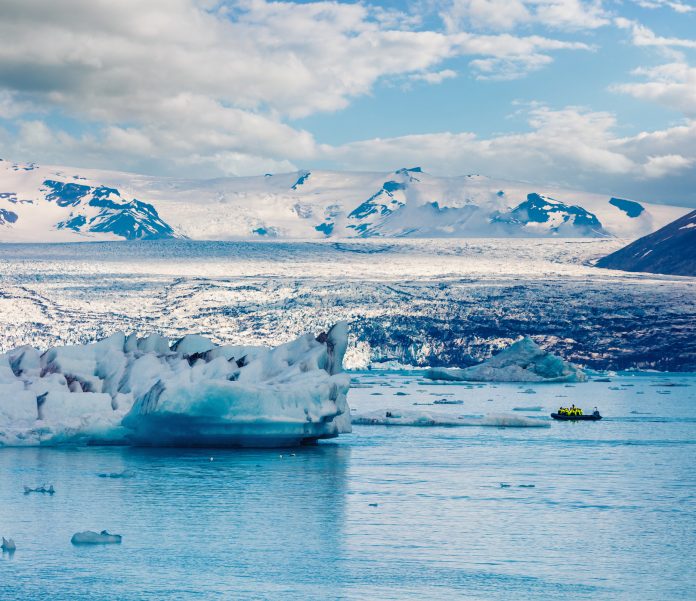A study has shown seawater infiltrating beneath West Antarctica’s Thwaites Glacier. This discovery shows the need to reassess global sea level rise projections
Using high-resolution satellite radar data from Finland’s ICEYE commercial satellite mission, the team observed the intrusion of warm, high-pressure seawater kilometres beneath the Thwaites glacier.
This process, seen across Antarctica and Greenland, leads to “vigorous melting” and could significantly impact coastal communities worldwide.
“These ICEYE data provided a long-time series of daily observations closely conforming to tidal cycles,” said lead author Eric Rignot, UC Irvine professor of Earth system science.
“In the past, we had some sporadically available data, and with just those few observations, it was hard to figure out what was happening. “
Antarctica’s Thwaites Glacier: Changes on the earth’s surface
The study used data gathered from March to June 2023 by ICEYE’s constellation of satellites in polar orbit, which use interferometer synthetic aperture radar (InSAR) to monitor changes on the Earth’s surface.
The satellite’s frequent passes over Thwaites Glacier revealed significant tidal influences on the glacier’s movement.
ICEYE Director of Analytics Michael Wollersheim, co-author of the study, emphasized the importance of this new capability. “Until now, some of the most dynamic processes in nature have been impossible to observe with sufficient detail or frequency to allow us to understand and model them. “
Rignot explained that the intrusion of seawater, combined with freshwater from geothermal flux and friction, creates high-pressure conditions beneath the glacier. This buildup can elevate the ice sheet, leading to increased melting. “The water is then squeezed enough to jack up a column of more than half a mile of ice,” Rignot noted.
The melting process of Antarctica’s ice
This is particularly concerning because warmer seawater, pushed to Antarctica by climate-driven ocean currents, has a lower freezing point than freshwater, intensifying the melting process.
Co-author Christine Dow, professor at the University of Waterloo, warned, “Antarctica’s Thwaites Glacier is the most unstable place in the Antarctic and contains the equivalent of 60 centimeters of sea level rise. “
Rignot hopes this study will drive further research into the conditions beneath Antarctic glaciers. “We need to grow the community of glaciologists and physical oceanographers to address these observation issues sooner rather than later, but right now we’re still climbing Mount Everest in tennis shoes.” he said.
The study’s findings are expected to improve ice sheet models, enhancing the accuracy of future sea level rise projections. ” By improving the models and focusing our research on these critical glaciers, we will try to get these numbers at least pinned down for decades versus centuries,” Rignot concluded.
The research, supported by NASA and the National Science Foundation, represents a crucial step in understanding and mitigating the impacts of climate change on our planet’s ice sheets.











